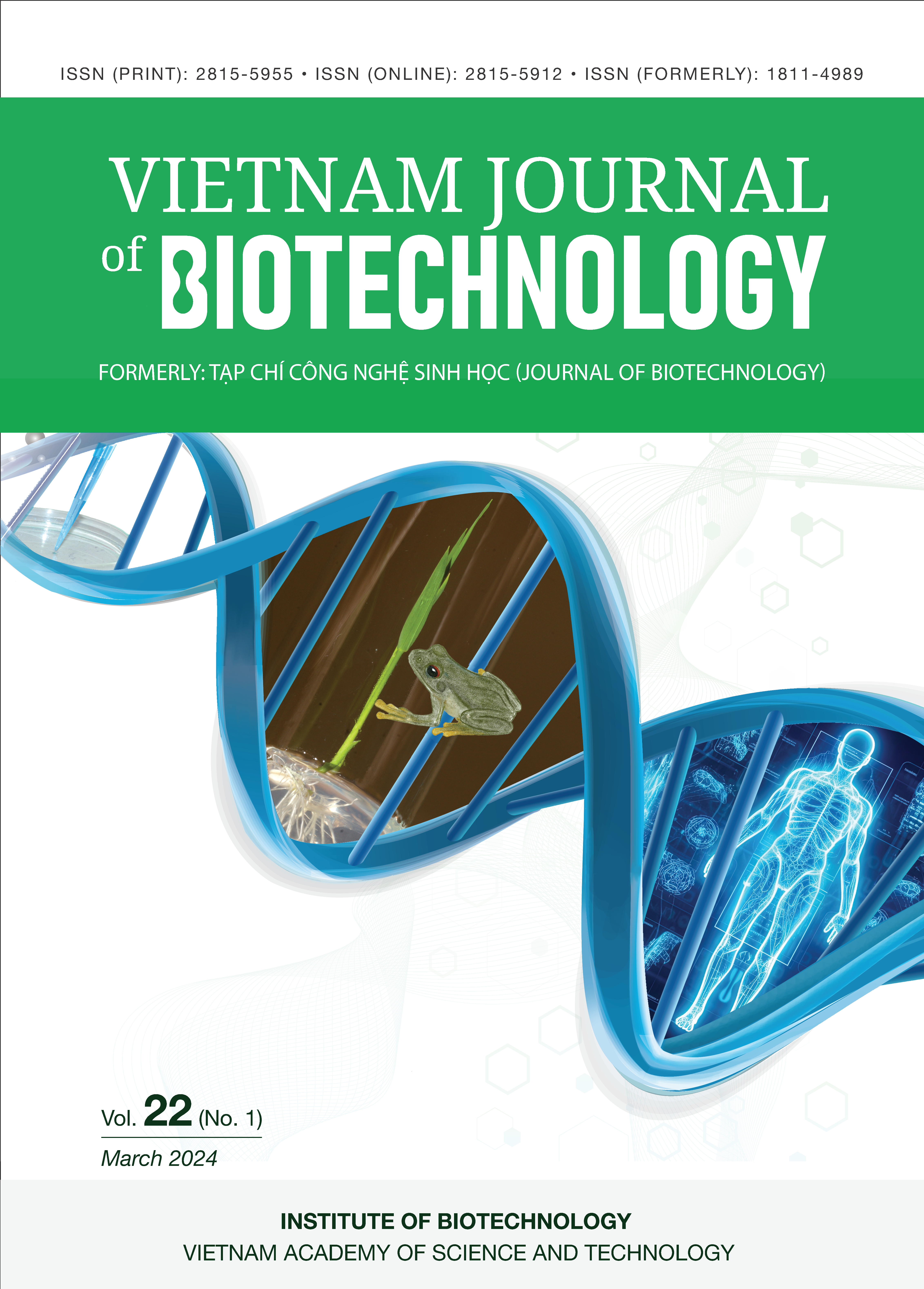In silico evaluation of hypericin and pseudohypericin as candidates for monkeypox treatment
Author affiliations
DOI:
https://doi.org/10.15625/vjbt-20641Keywords:
Monkeypox virus, Hypericum, Hypericum sampsonii, hypericin, pseudohypericin, thymidylate kinaseAbstract
Monkeypox (Mpox) is a viral zoonotic and human-to-human disease with no specific drug or treatment protocol targeting the monkeypox virus (MPXV). In the MPXV life cycle, viral kinase phosphorylation plays a crucial role in early morphogenesis in the cytoplasm, making inhibition of MPXV kinase a potential therapeutic approach for controlling Mpox. Hypericum sampsonii contains several bioactive compounds, such as hypericin and pseudohypericin, which are known for their antiviral properties. In this study, a computational investigation of the physicochemical properties of hypericin and pseudohypericin revealed drug-like characteristics. Pharmacokinetic predictions indicated that hypericin and pseudohypericin are non-toxic to the central nervous system, hepatic system, and cardiac system. Molecular docking results indicated a strong binding affinity of hypericin/pseudohypericin with MPXV thymidylate kinase. As a result, these compounds are being considered as potential Mpox control candidates.







